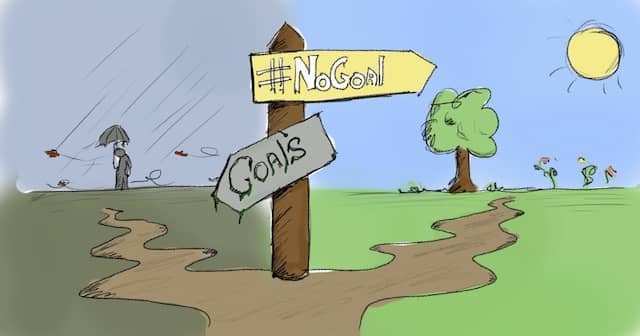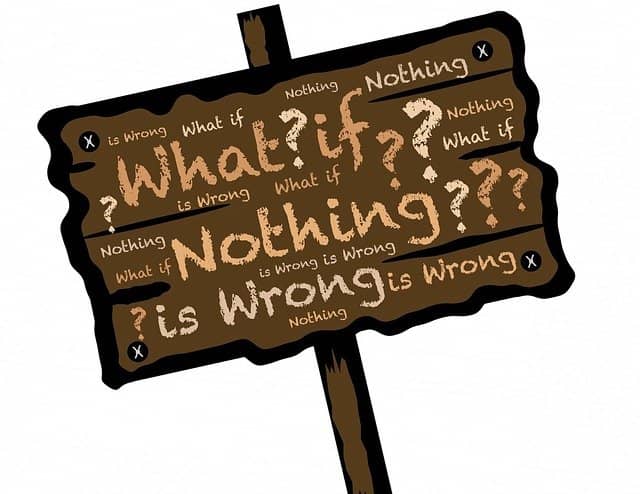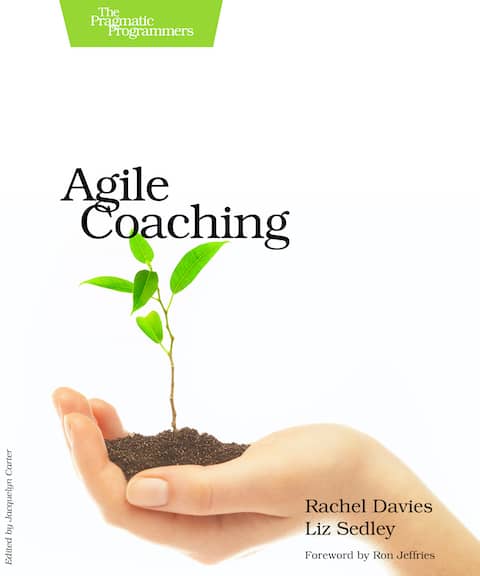3 Questions To Let-Go Technical Agile Coaching Measures
Let’s give up trying to measure technical agile coaching! Instead, use these 3 liberating questions to self-assess how well you are doing at any moment.

The coach ‘stamp’ does not increase your chances of meeting someone who wants to learn! (Someone on Okiwi slack)
It’s fulfilling to manage to transmit the ‘XP virus,’ but this happens rarely! (Someone on Okiwi slack)
I’m planting seeds, and I’m watering, but guess what, lots of other people are also planting seeds and watering and stuff, so when we look at the result, was that because of me, or was it despite me? (Henrik Kniberg, confessions of a change agent)
However hard we try, the impacts of technical agile coaching are impossible to measure.
In the previous post, I presented a template to write measurable objectives. It relies on Hypothesis-Driven development and our Circles of Control. Using this template has many advantages:
- It ensures we are doing our best
- It is corporate compatible
Unfortunately, deep inside, it still leaves us with the timeless questions:
Is my work helpful?
Am I making any progress?
In this post, we’ll turn the question on its head…
💡 Wouldn’t it be great if you could use the non-measurable nature of coaching to fuel your enthusiasm?
Accept that coaching is impossible to measure

By definition, the complex nature of technical agile makes it non-measurable. In this situation, it can become very demotivating.
Forcing a measure on something that is not measurable only makes things worse! Goals put our attention on the future. The gap between the current and target situations generates discomfort, stress, and anguish.
Once you accept that coaching is not ‘useful,’ it becomes relaxing, and I find it a more enjoyable job than solo dev (Someone on Okiwi slack)
It’s not important to me anymore to know exactly what was my contribution or not (Henrik Kniberg, confessions of a change agent)
If we get rid of the measures, we can put our attention back to the present moment. Caring only about what is happening now frees us from this gap-generated stress. (That’s why Scott Adams says ‘goals are for losers’!) There’s a catch, though, if we want to ‘forget’ the future, we can’t rely on objectives and goals anymore. So, instead of measuring our progress over a plan, we have to ensure we are making great choices NOW!
Here are 3 rules of thumb we can use to self-assess how well your coaching is going on at any moment!
- Are people happy to see you around?
- Is the situation improving?
- Are you acting in line with your WHY?
#1 Are people happy to see you around?
This one we owe to Henrik Kniberg:
I think the closest equivalent to you know if you’re adding value is whether people want to have you around! Are they happy to have you there? In that case, you’re probably doing something right! (Henrik Kniberg, confessions of a change agent)
Whenever you work with your coachees, see how they are behaving. Pay attention to their faces. Do they look happy to see you? Or does it look like you’re pulling teeth?
Another way to know is to ask for frequent feedback! Whenever you have the occasion, just ask! But don’t hesitate to also send surveys if you want more structured feedback!
In our team of tech coaches at Murex, we’ve sent many surveys to all teams we’ve worked with. We’ve sent mid and end-of-program surveys. Some teams have gone through 3 or more programs with us! Lately, we have started to send surveys 3 months after we left the teams to see how things are evolving. (I might write about this in a future post!)
#2 Is the situation improving?

This quote from the book Agile Coaching sums it all:
So, how can you tell how you’re doing as an Agile coach?
• Looking back, is the team more Agile now than it was a month ago?
• Have you had a positive influence on the team?
[Rachel Davies & Liz Sedley in Agile Coaching]

It’s not about replacing the future with the past! Instead, take 10 minutes to assess the differences between now and one month ago every few weeks. If things are better, it’s a sure sign that you are both helpful and making progress.
Once you are done, forget the past and come back to the present!
#3 Are you acting in line with your WHY?
Instead of a goal, you can use a clear WHY! If you spend some time discovering your WHY you will be able to use it as a compass. This compass can help you to make the right choices and drop goals almost entirely.
Helping Geeks feel safe in the world [Kent Beck]
As a bonus, a clear WHY will also make you more authentic to others and at peace with your actions. Also, knowing why you do things will make you more enthusiastic. In turn, enthusiasm will make you more impactful with the teams you coach!
The book Aligned helped me a lot to discover my WHY.

💡 Simon Sinek also wrote a book ‘Find Your Why’ that I did not read, but it has excellent reviews
You might be wondering how to use your WHY once you have it?
Let’s take my example. My WHY is “Showing a more sustainable way.” Whenever I start working on something, I inject a dash of sustainable disruption in there:
- I always run many experiments to discover new ways.
- I present sustainable pace as the primary outcome of agile coding techniques. I only mention productivity as a second-order effect!
- When I make a decision, I tend towards the options that are the most innovative and sustainable.
What if…
…people are not happy to see me!
…situation is not better than one month ago!
…however hard I try, I cannot act close enough to my WHY!
You have just discovered that something fundamental is not working. So it looks like now is the time to have an essential retrospective with the right people!
3 Questions, 3 Benefits

Let’s summarize:
- These questions will reduce goal-generated stress.
- They will make you more enthusiastic as you’ll work towards your WHY!
- Guess what? They will make you more effective! Letting go of the ‘target’ will help you to make better decisions when setbacks happen.
Agile Technical Agile Coaching?
Let’s take a step back:
- Are coachees happy about your work? ~ Customer value
- Are the team doing better? ~ Continuous improvement
- Are you following your Why? ~ A compelling mission
- Forget the long-term target. ~ Reacting to change
This is pretty close to the agile principles! We should also be agile in the way we do technical agile coaching!
Don’t wait to give it a try! You can start with questions #1 and #2 right now. You can also schedule some time to discover your WHY as soon as you can. The sooner you start, the sooner you’ll be able to coach with #NoGoal, and enthusiasm!
💡 What you can do now: Discover your WHY and try one of these techniques as soon as you can.
You might also like:
- How to measure and report your tech coaching effectiveness
- If you want to learn more about leveraging setbacks How the pandemic made us discover better ways of coaching
- If you are curious about how to deal with outside environment How to coach a team that has been burnt by bad TDD




Leave a comment